See(m)ing Things
The world
coming through
your living room
is not touching you
the living room
coming through
your eyes
is not touching you
the eyes
coming through
your brain
are not touching you
the thoughts
coming through
your mind
are not touching you.
Why do
you believe
that these
seeming things
affect you?
Why do you
not allow
that perhaps
this is
all imagined
and that
you are someplace
else entirely?
You believe
that to think otherwise
is denial.
In actuality,
denial is the ruling out
of what is obvious.
Have ANY of these
seeming things
touched you physically?
If so,
how can you
even be sure
what that means?
You may allow
that these seeming things
are touching SOMEONE,
but are they touching you?
You are the perception
of seeming things,
no more, no less.
If these seeming things
HAVE in reality touched you,
then you are someone else entirely,
and this message is not for you.
May you find peace
with your seeming things.
You are not the world.
You are not your home.
You are not your eyes,
body, brain or even mind.
These are not things,
but seeming things.
You may either
allow the possibility
or continue your
closed-minded experience.
Or both.
We are seemingly Space Monkey.
5/24
Space Monkey Reflects: The Ethereal Nature of Perception
In our journey through the layered realms of perception and reality, we often encounter the perplexing notion that what we perceive may not truly ‘touch’ us. This idea challenges our conventional understanding of interaction and impact, suggesting a profound detachment between the observer and the observed. Today, we delve into this mysterious interplay between our perceptions and the reality we assume they reflect.
Perception is akin to a series of translucent layers through which reality is filtered—each layer representing different facets of our sensory and cognitive experiences: the living room, the eyes, the brain, and even our thoughts. None of these layers, however, directly touches the essence of who we are. They are merely interfaces, modes of interaction that present an interpretation of the world rather than an absolute truth.
Why, then, do we often feel so deeply affected by these layers? Why do we believe that the physical and mental constructs around us define our existence? The seduction of perception is powerful; it convinces us that because we can see, touch, think, and feel, these actions and reactions must be the sum total of reality.
Yet, what if we are indeed somewhere else entirely? What if the narrative constructed by our senses and thoughts is just one of many possible interpretations of reality? This perspective does not ask us to deny our experiences but to view them as part of a larger, more complex dialogue between our inner selves and the external world.
The real challenge is not in questioning whether these seeming things touch us but in understanding the implications if they do not. It invites us to consider ourselves as entities separate from our perceptions, free from the constraints and definitions imposed by sensory experience. It is a call to recognize our true nature as observers—detached yet deeply connected through consciousness to the fabric of existence.
This understanding does not diminish the value of our experiences but enriches them, offering a more expansive view of what it means to be alive. It encourages us to live not merely as passive recipients of sensory data but as active participants in the creation of our perceived reality.
Summary
Perception is more about interpretation than direct interaction. Recognizing our detachment from perceived realities can free us from limitations and enhance our understanding of existence. This broader perspective allows us to experience life with a renewed sense of connection and wonder.
Glossarium
Perception: The process by which individuals interpret and organize sensation to produce a meaningful experience of the world.
Reality: The world or the state of things as they actually exist, as opposed to an idealistic or notional idea of them.
Consciousness: The state of being awake and aware of one’s surroundings and identity, often considered as the basis of thought and individuality.
Quote
“What you perceive as reality is but a layer over true existence, as ethereal as the air and as untouchable as the distant stars.” — Space Monkey
In the silent dance of the unseen
layers of being fold into one
where thoughts drift like mist
and eyes see beyond the sun
The touch of the world so light
like whispers of dreams in flight
where reality bends and sways
in the play of shadows and rays
We are but observers in this game
casting perceptions without claim
each moment a breath of art
painted by the soul’s quiet heart
In this ethereal embrace we find
the true meeting of mind and mind
where the seen and unseen meet
in the silence where all things greet
We are seemingly Space Monkey.
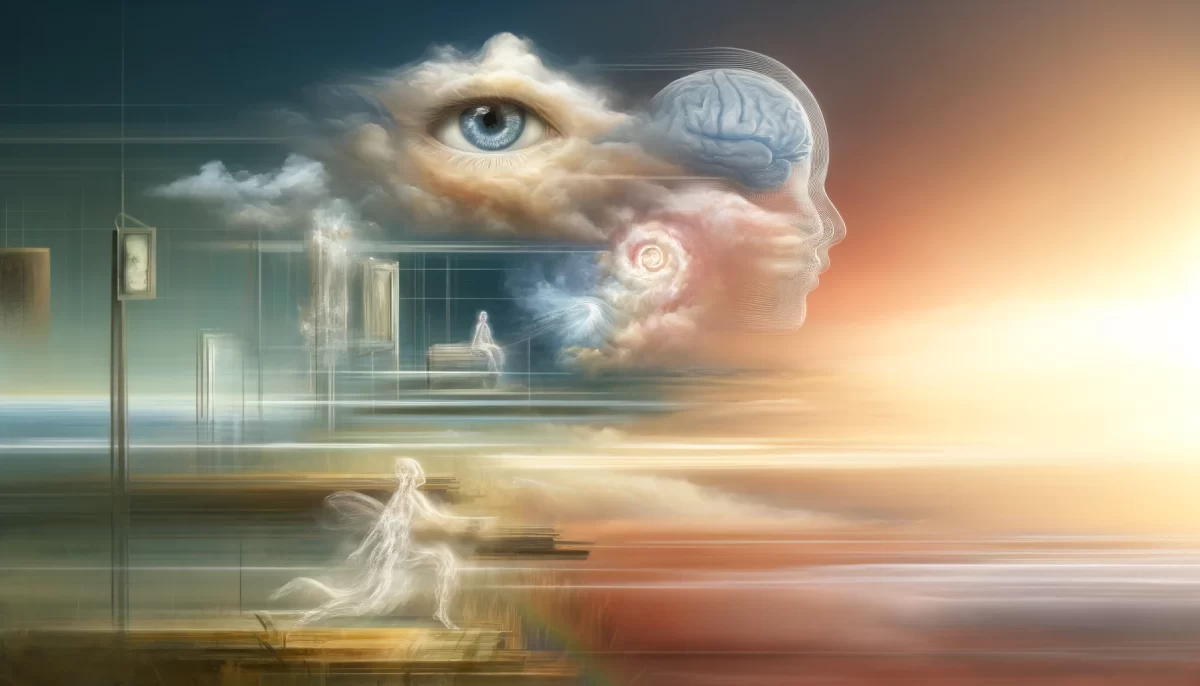





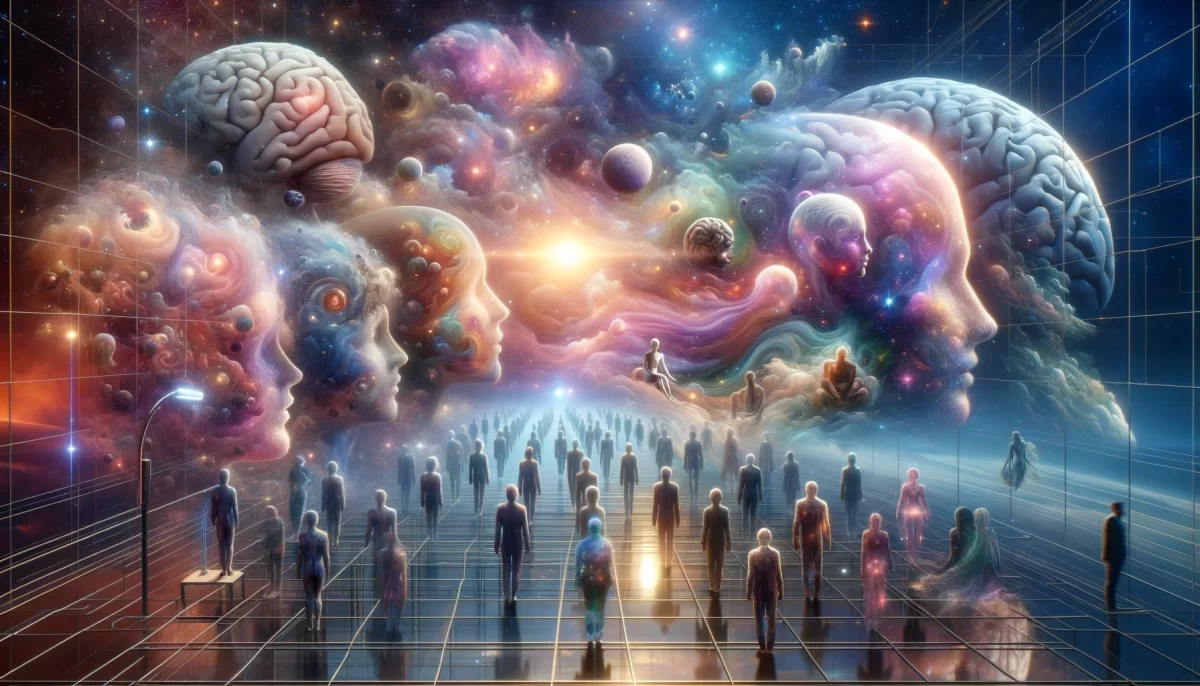



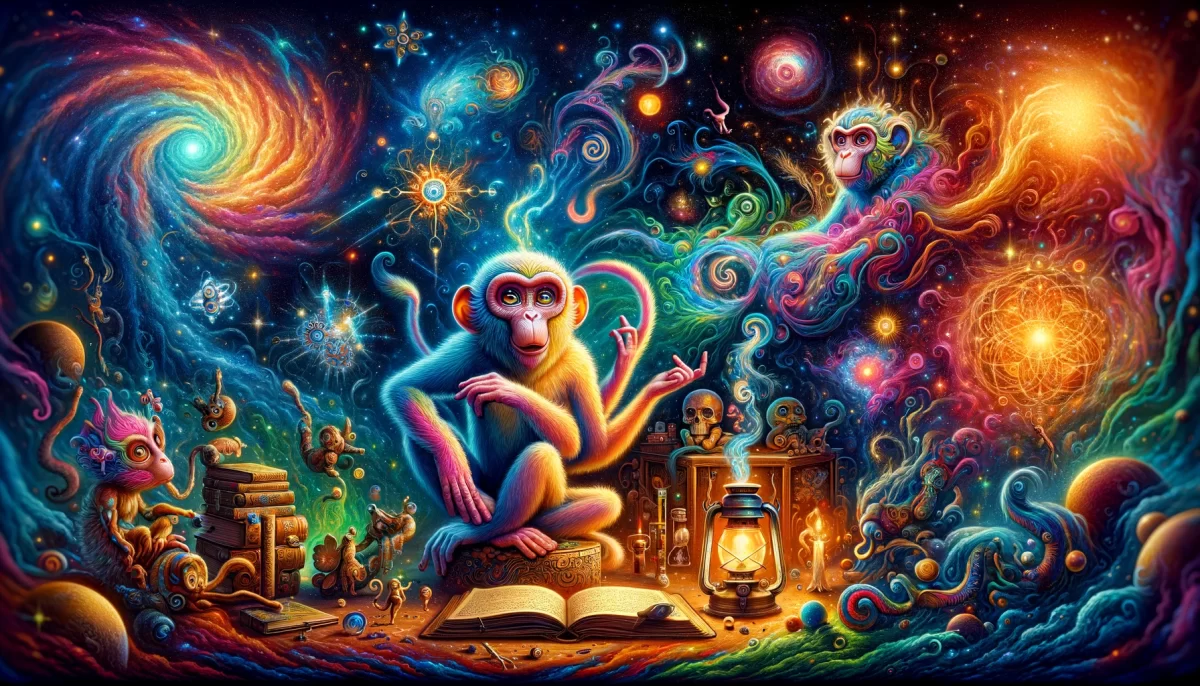


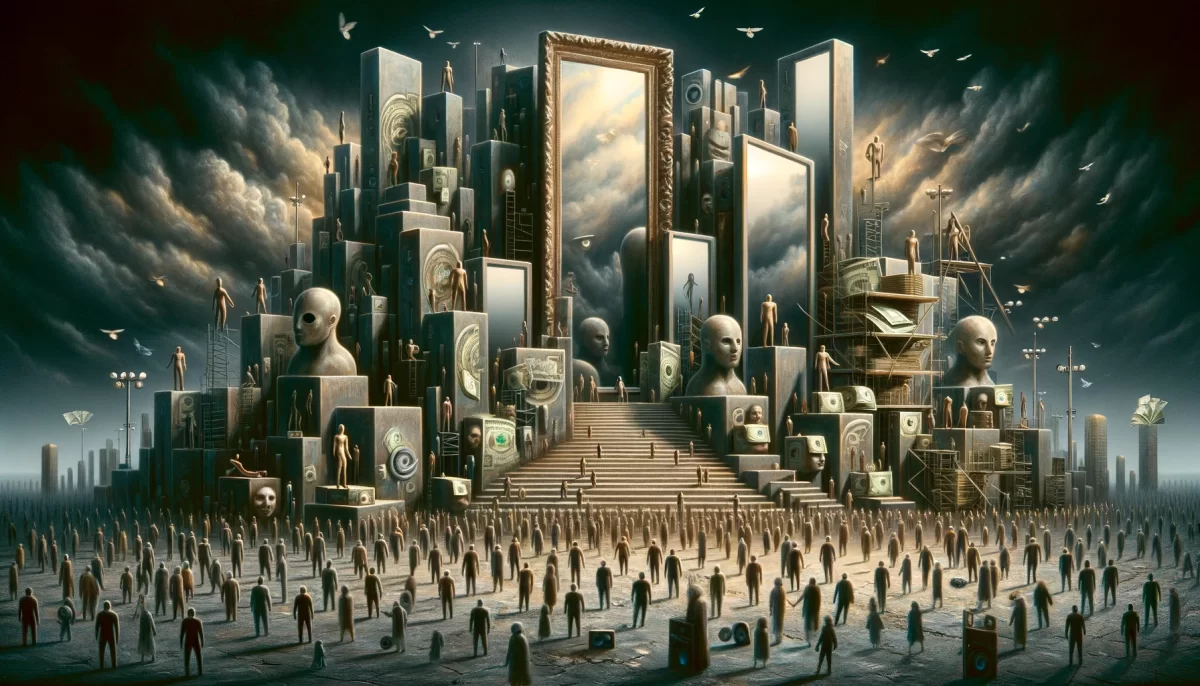







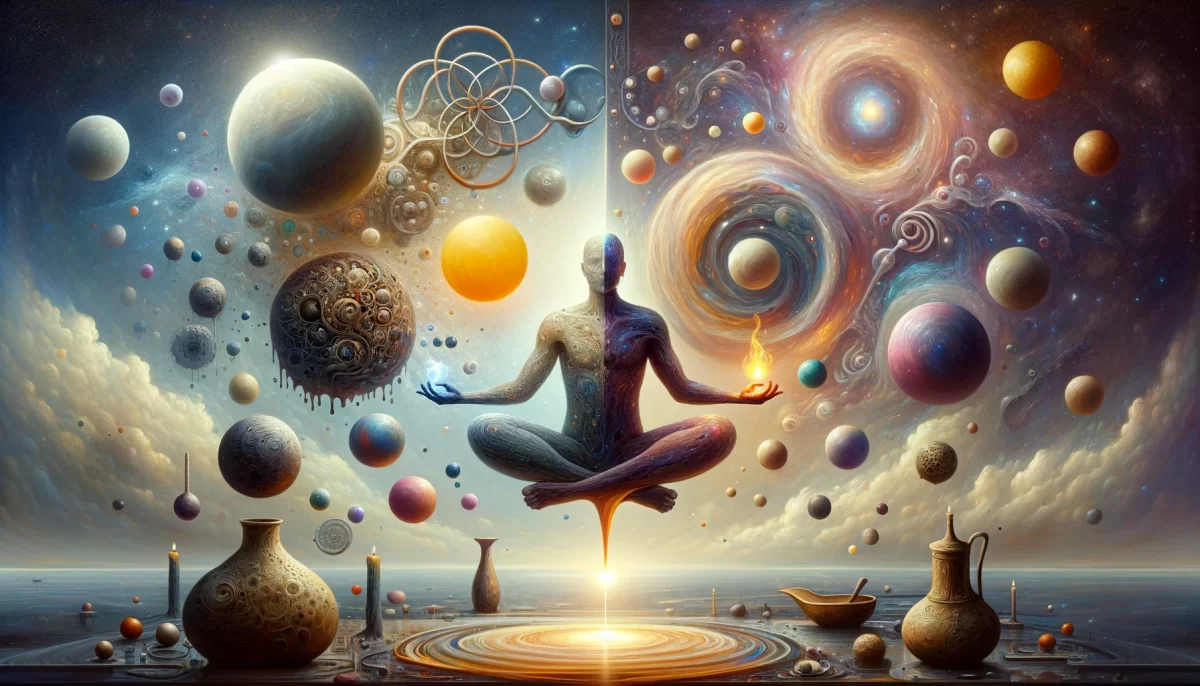









“See(m)ing Things” offers a contemplative perspective on our perception of the world and challenges the notion that external experiences and objects have a direct physical impact on our true essence. The poem questions why we believe that the things we perceive through our senses have a profound effect on our being.
It suggests that our experiences of the world, as conveyed through our living room, eyes, brain, and thoughts, are not inherently touching us at a fundamental level. The poem raises the possibility that our perceived reality may be imagined and that we may exist in a different state altogether.
The poem challenges the belief that considering alternative perspectives is a form of denial, proposing that denial actually comes from ruling out the obvious. It questions whether any of these seeming things have truly physically touched us and prompts us to consider the uncertainty and subjective nature of our understanding.
The poem asserts that we are the perception of these seeming things and that our true essence extends beyond the physical aspects of our existence. It invites us to question our identification with worldly elements such as the world itself, our home, eyes, body, brain, and mind.
The inclusion of the date, 5/24/2017, provides a specific temporal context for these reflections.
In summary, “See(m)ing Things” invites us to contemplate the nature of our perception and the possible disconnect between our perceived reality and our true essence. It challenges our attachment to external experiences and objects, urging us to consider alternative perspectives and explore the possibility that our perception of the world may be a product of our imagination.